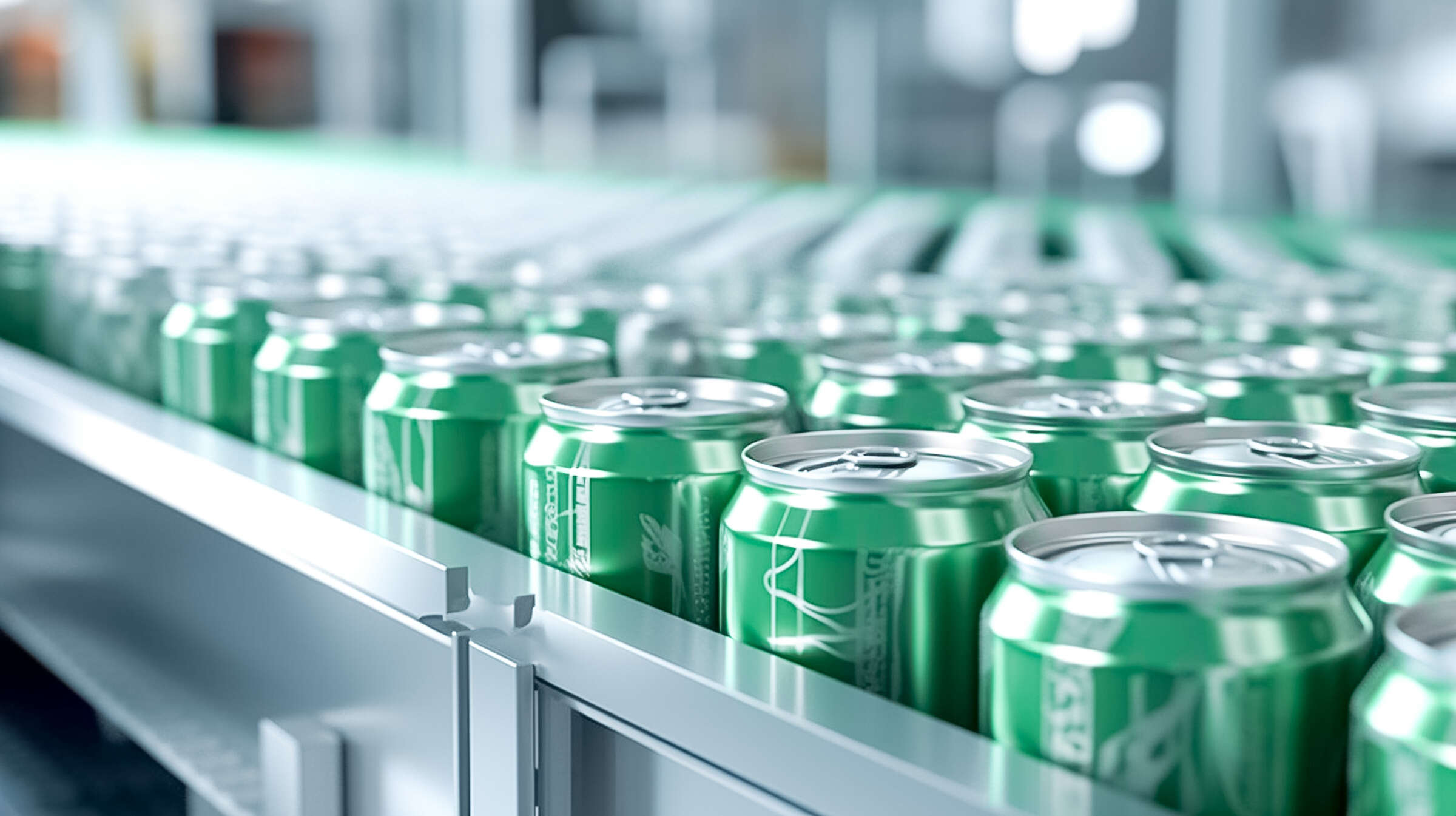Technological Trends to Unlock Innovation
Trends Reshaping Food and Beverage Manufacturing
The food and beverage industry, much like others, is currently undergoing a notable technological revolution. To meet the changing demands of consumers, companies within this industry are persistently working towards improving the quality, consistency and cost of their products.
Drawing from our extensive experience collaborating with some of the world's largest businesses, we have identified three pivotal priorities that are experiencing significant investments within this industry: advanced sensing and control, digital twin and simulation and connected systems and data model standardization.
How are these technologies being employed in the industry, and what business impact are they having on food and beverage manufacturing?
Let’s explore these questions.
Advanced Sensing and Control
The cornerstone of food production lies in the inherent variability of raw materials and manufacturing processes. Natural differences among batches of material, such as variations in the size and quality of potatoes used in french fry manufacturing, present an ongoing challenge. To address this, food and beverage manufacturers are increasingly adopting advancements in sensor and control technologies. These tools not only identify variations originating from materials, but also monitor the entire production process.
Advancements in sensing technologies, extending beyond traditional sensors and instrumentation to include image and video processing, have broadened the capabilities of advanced control systems in the industry. Some companies are opting for simulated soft sensors, replacing physical sensors and extracting crucial data to optimize processes. Going beyond conventional automation, food and beverage manufacturers are embracing emerging control systems driven by AI and machine learning. This transition allows them to move from automation to autonomous control, unlocking new frontiers in production efficiencies.
Expanded sensing capabilities, coupled with embedded AI-driven control systems, leverage insights from historical data, eliminating the previous need for manual programming of intricate control laws. This empowers the system to comprehend how products react to various conditions or instructions and streamlines the manufacturing process. The expanded sensor market, coupled with advancements in machine learning, has significantly expanded the application of advanced sensing and control, and will continue to do so for the next several years.
Advancements in sensing technologies, extending beyond traditional sensors and instrumentation to include image and video processing, have broadened the capabilities of advanced control systems in the industry.
Digital Twin and Simulation
Engineering teams play a vital role in manufacturing, spanning design, commissioning, and operations. Organizations invest in technology for enhanced productivity, with digital twin and simulation technology experiencing a 50% year-over-year growth from 2020 to 2023. Notably, the food and beverage manufacturers are heavily investing in digital twins and simulation technology for virtual design and optimization to prove large-scale changes before making significant capital investments.
During the design and commissioning phases of manufacturing processes and facilities, engineering teams are increasingly utilizing digital twin technologies for virtual replication of physical assets. This enables them to validate and optimize engineering designs. For instance, material flow simulation facilitates throughput improvements by iteratively refining layout and mechanical design decisions.
Moreover, physics-based simulation, such as computational fluid dynamics, empowers engineers to optimize designs including piping sizes, fluid-fill nozzle design and flow rates. Virtual commissioning allows equipment providers and engineering contractors to virtually test elements like PLC programs, HMI programs, and data integration with manufacturing execution systems.
After commissioning, digital twin technology becomes instrumental in monitoring and optimizing the control of manufacturing processes. Similar to sensor technology, simulation is employed to pre-determine events such as maintenance events or process anomalies.
As an illustration, integrating the digital twin with a frying unit operation and using computational fluid dynamics can simulate and predict fire hazards. This simulation is seamlessly incorporated into existing control systems to monitor and mitigate operational disruptions. Adopters have achieved overall system throughput improvements of 10% by optimizing scheduling logic, run-times, buffer locations and movement speeds.
Organizations invest in technology for enhanced productivity, with digital twin and simulation technology experiencing a 50% year-over-year growth from 2020 to 2023.
Connected Systems and Data Model Standardization
The food and beverage sector is increasingly adopting advanced automation to reduce operational expenses, leading to a notable increase in data collection from the production floor. As data diversity grows, substantial investments are being made in technology to extract valuable insights. Industrial data presents unique challenges and opportunities in its collection and utilization, with a wide array of technologies available across various levels of functionality and maturity. It is important to carefully assess which tools and technologies fit your business to derive the key data insights from the manufacturing floor.
To tackle manufacturing data challenges, food and beverage manufacturers are undertaking initiatives like aligning stakeholders to a unified data hierarchy model, unifying disparate systems and establishing standardized methods. The integration of manufacturing execution systems (MES) and industrial internet of things (IoT) platforms is crucial, enabling real-time monitoring and optimization, overcoming labor-intensive processes and providing a comprehensive solution to shop floor data challenges.
Industrial DataOps practices are increasingly vital, involving agile and automated orchestration of people, processes, and technologies. By overcoming standardization issues in PLC tag data, Industrial DataOps ensures data accessibility, allowing efficient analysis without extensive preparation. In this dynamic landscape, analytics tools deployment transforms raw data into actionable business insights, laying the foundation for an interconnected and intelligent manufacturing ecosystem.
To tackle manufacturing data challenges, food and beverage manufacturers are undertaking initiatives like aligning stakeholders to a unified data hierarchy model, unifying disparate systems and establishing standardized methods.
Conclusion
The food and beverage industry stands at the forefront of a technological renaissance, driven by the pursuit of heightened product quality, consistency and cost efficiency. Significant advancements in sensing and control systems, digital twin and simulation technologies, as well as the standardization of interconnected systems and data models, are pivotal in shaping the industry's trajectory.
The adoption of these cutting-edge technologies has ushered in remarkable enhancements, such as:
- The reduction of onsite commissioning times by 30%
- Yield improvements of 15-25%
- Enhanced workforce productivity of 30-40% improvement
- Overall throughput improvements up to 10%
As these innovations continue to mature and their costs become increasingly competitive, their widespread integration across the industry becomes evident.
Amidst challenges like escalating material costs, constrained labor availability, and outdated, less efficient physical operations, food and beverage manufacturers find themselves compelled to embark on large-scale transformations. However, such endeavors are not always feasible, prompting a shift towards embracing digital technologies to enhance existing operations. As investments are allocated to digital initiatives, the industry stands poised to unlock substantial gains in productivity and business insights, heralding a more streamlined and innovative manufacturing landscape.


